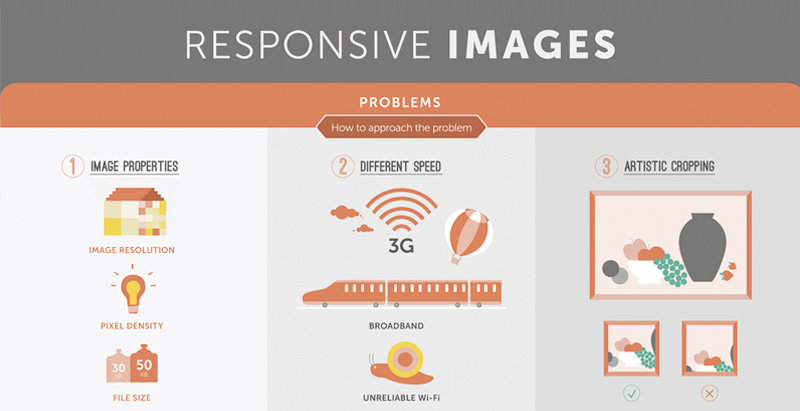Prepare Yourself To Trip With Time And Discover How Sites Have Actually Ended Up Being More Sophisticated, Easy To Use, And Visually Stunning
Prepare Yourself To Trip With Time And Discover How Sites Have Actually Ended Up Being More Sophisticated, Easy To Use, And Visually Stunning
Blog Article
Material Develop By-Kinney Dalby
In the past, websites were straightforward and concentrated on details. Navigation was direct, and layout was for desktop computers. Now, customer experience is vital. Data guides designs for very easy navigation. Receptive formats match various tools. Today, dark setting reduces stress, and minimalist food selections enhance navigating. Interactive attributes engage customers, and bold visuals attract attention. AI combination improves engagement. See exactly how layout has actually progressed to boost your online journey.
Very Early Days of Website Design
In the very early days of web design, simplicity preponderated. Sites were basic, with minimal shades, font styles, and layouts. The focus was on providing information rather than fancy visuals. Users accessed the web via sluggish dial-up connections, so speed and functionality were vital.
Navigating food selections were straightforward, usually situated on top or side of the web page. Internet sites were created for home computer, as mobile browsing wasn't yet common. Web content was king, and developers focused on easy readability over complicated design aspects.
HTML was the main coding language utilized, and designers had to function within its restraints. Computer animations and interactive attributes were marginal contrasted to today's requirements. Sites were fixed, with little dynamic content or tailored customer experiences.
Rise of User-Focused Style
With the development of internet site style, a shift towards user-focused style principles has come to be progressively famous. Today, developing websites that prioritize individual experience is important for involving site visitors and attaining company goals. User-focused design involves comprehending the demands, choices, and actions of your target audience to customize the site's format, content, and features appropriately.
Developers now conduct complete research, such as user studies and functionality testing, to gather insights and comments directly from individuals. This data-driven method assists in producing intuitive navigation, clear calls-to-action, and visually enticing user interfaces that reverberate with visitors. By positioning the user at the facility of the layout process, websites can provide a much more customized and pleasurable experience.
More Information and facts has actually likewise become a crucial facet of user-focused design, making sure that websites are optimized for numerous devices and screen dimensions. This adaptability improves accessibility and usability, accommodating the diverse methods individuals interact with internet sites today. Basically, the increase of user-focused design indicates a change towards creating electronic experiences that focus on the demands and assumptions of the end user.
Modern Trends in Web Design
Explore the current patterns forming web design today. One noticeable trend is dark mode design, providing a streamlined and contemporary look while lowering eye pressure in low-light settings. An additional key pattern is minimalist navigating, simplifying menus and improving individual experience by focusing on essential elements. Including micro-interactions, such as computer animated switches or scrolling effects, can create a much more appealing and interactive website. Responsive layout stays important, guaranteeing smooth individual experiences throughout numerous devices. Additionally, making use of vibrant typography and unbalanced formats can include aesthetic rate of interest and draw attention to particular material.
Incorporating AI innovation, like chatbots for consumer support or personalized recommendations, boosts user involvement and enhances processes. Ease of access has likewise end up being a substantial pattern, with designers prioritizing inclusive layout practices to cater to varied individual needs. Accepting sustainability by maximizing internet site efficiency for rate and effectiveness is one more arising pattern in website design. Working together with customer comments and data analytics to repeat and boost design continually is essential for remaining relevant in the ever-evolving digital landscape. By welcoming these modern-day fads, you can develop a visually enticing, straightforward internet site that reverberates with your target market.
Final thought
As you reflect on the advancement of internet site style from the very early days to currently, you can see exactly how user-focused layout has come to be the driving force behind modern fads.
Embrace the journey of adjustment and adaptation in website design, always maintaining the user experience at the forefront.
Tippingpointdigital
Stay present with the most up to date patterns and modern technologies, and never ever quit evolving your technique to develop aesthetically sensational and user-friendly websites.
Evolve, adapt, and produce - the future of web design remains in your hands.
